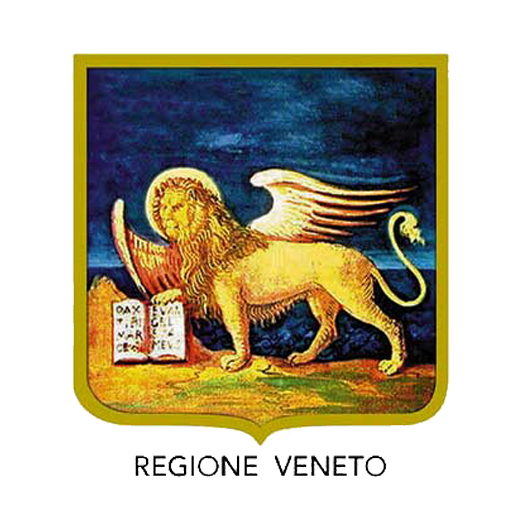Castello Carrarese
Via G. Negri, 9
The Carrarese Castle of Este, a majestic testament to the strategic and cultural importance of the Este area in the Middle Ages, stands imposingly at the southern end of the Euganean Hills, enclosed by a powerful city wall about one kilometer long. Its large towers and defensive system tell a story of power, warfare, and cultural splendor.
Origins: a castrum with ancient roots
The oldest part of the fortification lies on the elevated side of the hill, where the remains of a small church and the foundations of a tower—probably dating back to the 6th century AD—are still visible.
The first mention of an actual castrum dates to 1115, when the structure was entrusted to the feudal family that took its name from Este. Initially a defensive stronghold, the castle took on a dual role as a territorial protector and the center of the jurisdictional power of the Marquises of Este, who ruled the area.
Between the 12th and early 13th centuries, the Este family expanded the fortress by building new walls and residential buildings. During the rule of Azzo VI d’Este, the fortress reached its peak, becoming an important center of troubadour culture. Poets, artists, and jesters animated the marquis’s court, celebrating his deeds and the beauty of his daughter, Beatrice d’Este, a renowned lady and patron of the time.
Wars and destruction: the decline of the Este castle
The castle, at the heart of Este power, was repeatedly involved in the violent wars between the Guelphs and Ghibellines. Aligned with the Guelphs, the Este family suffered numerous sieges that severely damaged the fortification.
In 1249, the castle was destroyed by Ezzelino III da Romano, the Ghibelline lord of Padua, who later restored it. However, in 1294, with control of Este firmly in Paduan hands, the castle was demolished again at the will of the city of Padua.
The Carrarese reconstruction
The current configuration of the castle dates to 1339, when Ubertino da Carrara, lord of Padua, decided to rebuild it as a formidable and modern military fortification. The castle was equipped with a mighty wall, reinforced by master towers and turrets, protecting both the flat and hilly parts of the structure.
At the beginning of the 15th century, following the voluntary submission of the city of Este to the Republic of Venice, a second wall was built to enclose the new urban center, bordered by the Bisatto Canal.
From noble palace to decline
Over time, as the castle’s strategic importance declined, it lost its military function. In 1570, the wealthy and powerful Venetian Mocenigo family purchased the complex and began constructing a sumptuous palace on the southern side of the Carrarese fortification.
The Mocenigo Palace was composed of two symmetrical buildings, but its construction required the demolition of some medieval towers. Unfortunately, the eastern wing of the palace was destroyed by a fire in the 18th century, leaving only the western part standing, which now houses the Atestine Archaeological Museum.
The Carrarese Castle today
In 1887, the Municipality of Este purchased the entire castle complex, designating it for public use. The large green area within the walls was transformed into public gardens, inaugurated in 1915.
Today, the Carrarese Castle is a magnificent historic park, home to valuable tree species and centuries-old plants. Its impeccably maintained green spaces provide a charming setting for lush blooms, pleasant walks, and numerous cultural events, including the important spring event “Este in Fiore.”
The remaining part of the Mocenigo Palace now houses the prestigious collections of the Atestine Archaeological Museum, which preserves extraordinary artifacts related to the ancient Veneti civilization and the history of the region.
A journey into medieval history
The Carrarese Castle of Este represents an extraordinary example of medieval architecture and a symbol of the historical and cultural events that shaped the Este territory. With its gardens, imposing walls, and the historical and archaeological wealth of the museum, the castle is today an unmissable stop for anyone wishing to immerse themselves in the history of Este and its glorious past.






